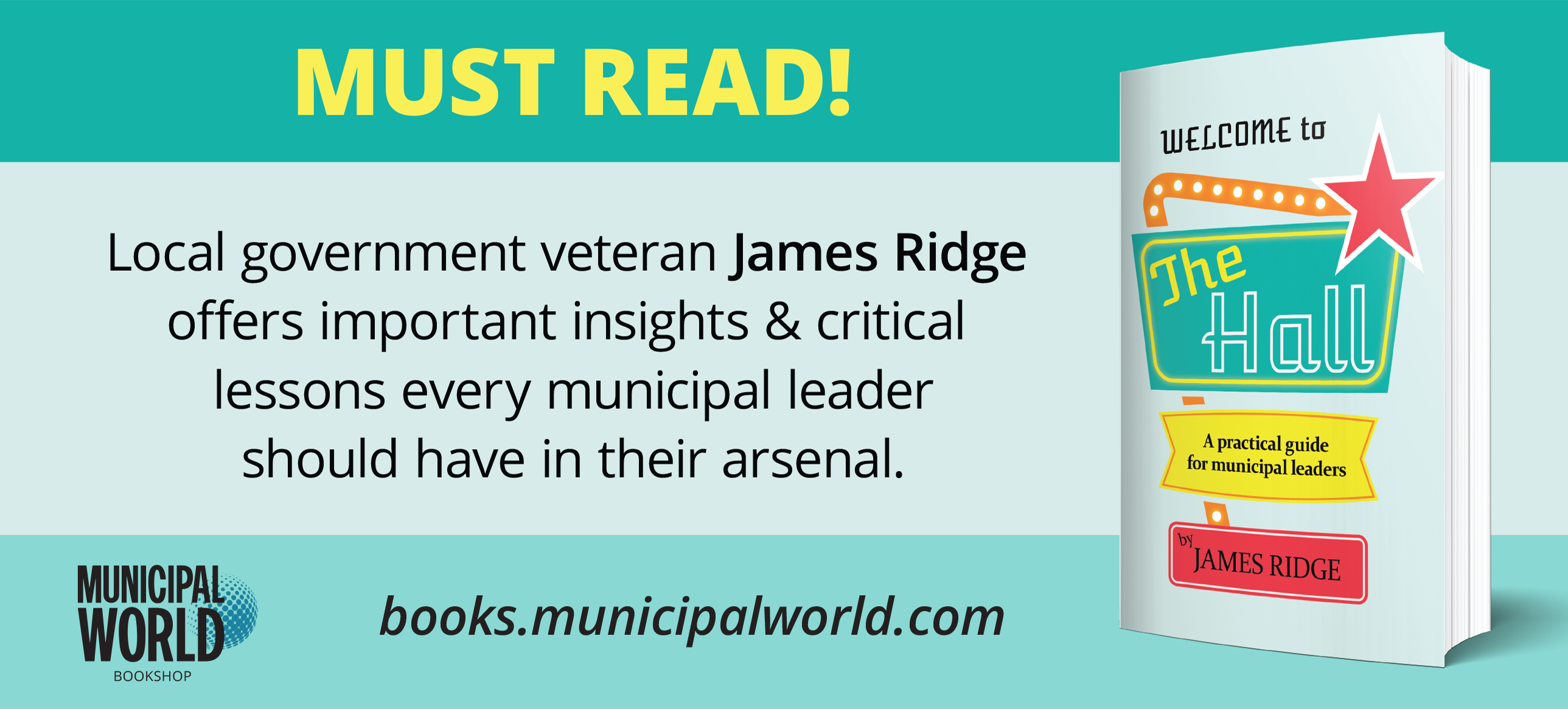The case for online engagement

This is the second in a series of three articles on exploring the results municipalities can achieve by adopting a broad-based approach to community engagement.
Whether it’s on Facebook, Twitter, or Instagram posts, or on any of the numerous other outside forums, our citizens – as they always have – will continue to comment on and discuss what is going on in our municipalities, proposed major projects, and even the level of service provided. Citizens find the time to weigh in on these matters, and they find it important to do so. Online discussions on municipal issues are taking place as we speak on various outside forums that provide easy access from one’s laptop, tablet, and smartphone.
The Cost of Not Engaging Digitally
Local governments have the opportunity to communicate with residents on Facebook, Twitter, and a myriad of other “digital engagement” tools. In fact, local governments that do not participate in digital engagement risk remaining unaware of online mobilization until it manifests at public meetings and other face-to-face events.
Many community-owned and -initiated discussions that take place without the benefit of having accurate information on the issue at hand are not moderated and are hard to monitor, leaving city staff feeling like they’re stretched far too thin as they try to listen to community concerns. Moreover, these community discussions are often echo chambers where only like-minded community members are welcome; participants in these discussions are not exposed to other views and can become increasingly intolerant of dissent.
For example, many managers in government organizations view online community engagement as a risky enterprise – something that they would rather not adopt. This ignores the fact that most of the risks around online community activity accrue to those who vacate the space, leaving it to others to lead (or mislead) the community. Some specific costs of failing to engage the community online are:
The inability to respond to existing conversation – People are talking about your community online, perhaps, specifically about your government. If you’re not at least listening to these conversations, you and your leadership may be left unaware of important conversations.
Reduced public relevance – The public is online and expects its services and organizations to be there too. This is a growing public expectation.
Under engagement of some audiences – Some communities, who are unlikely to attend traditional engagement events like public hearings or open houses, are more receptive to digital opportunities. Online channels of communication can also connect you with diverse audiences that don’t pay attention to newspapers or other traditional information sources.
Over-reliance on resource intensive face-to-face methods – Digital engagement is a complement to face-to-face methods – not a replacement – but, it’s an important approach for cost-effective and interactive engagement.
A misinformed community – The risk that the members of the community who have not already taken a position on an issue might go online looking for answers and get them from a vested interest group pushing for a particular agenda. This is how relatively small issues can escalate.
Online engagement effectively addresses these matters since the municipality itself provides a platform for these citizens to provide comments directly to the municipality on one or more issues. In the process, citizens not only benefit from the accurate information provided by the municipality, but the comments are moderated for topicality, compliance, and privacy.
Mass Community Engagement Becomes Achievable
Online community engagement will broaden the reach of your engagement processes considerably. Indeed, there is no comparable way of doing this without incurring a massive financial cost. Imagine the cost of informing and engaging with 2,000 or more people in face-to-face meetings instead of with online engagement tools. You’d probably have to run 20 meetings to manage the numbers. With facility rental, staff time, publicity for the events, and catering, the costs would be astronomical. In reality, you’d never see anything like that number of people: online tools are the only way to achieve mass engagement in a cost-effective manner.
However, choosing the right online tools is extremely important. For example, it is possible to achieve outreach to large numbers using a market research survey, but, is this really engaging with your audience? Is a survey something that people feel engaged by or is it more an instrument of administrative convenience? Surveys certainly have their place as a way to quantify community views, but a survey will never make the community feel like they are really being involved in decisions that affect their lives.
JoAnne Kleb, Community Engagement Specialist at the City of Penticton, spoke about how the adoption of online engagement was part of the city’s commitment to authentic engagement, providing accurate content, and truly listening to the community. The city was particularly keen to engage working people who were usually under-represented in traditional engagement processes, she said. “Online engagement significantly improved the efficiency of our engagement activity.”
20 Good Reasons for Engaging Online
In 2015, a group of government communicators at a Bang the Table masterclass in Wellington, New Zealand put together the following list of reasons why government institutions should be engaging the community online:
- Digital is convenient for the audience.
- Digital allows you to reach the harder-to-reach audience and gather a more representative view of issues – specifically, from people who are time-poor and find public meetings inaccessible.
- Digital may be safer than face-to-face engagement in certain circumstances.
- Digital can lower the cost of higher-quality engagement by reaching more people.
- Digital engagement (specifically) and community engagement (generally) address a community’s need for its members to be a “part of governance,” rather than “having government done to them.”
- Digital makes analysis easier if built-in data mining tools are available.
- Digital provides evidence of open and transparent government.
- Digital allows for a larger audience, which provides broader engagement. This moderates the power of the executive, which protects democracy and protects the executive from itself.
- Digital permits rich media formats for content and information dissemination.
- Digital allows conversations to evolve through time (where face-to-face requires participants to “think and respond in the moment”) and, therefore, has the potential to be more of a dialogue (a conversation instead of a broadcast).
- Digital makes it easier to measure the effectiveness of different channels.
- Digital makes it easier to segment the audience for targeting.
- Digital demonstrates a commitment to the community through its accessibility.
- Digital helps to quickly identify (and avoid) real problems/issues in the broader community.
- Digital allows the consulting organization to more easily leverage other networks.
- Digital creates an immediacy that speeds up the feedback process. This allows you to address myths, misconceptions, and inaccuracies quickly.
- Digital helps create better quality dialogue through broader digital engagement, which means more community buy-in to decisions.
- Digital allows the engaging organization to be presented as a leader in contemporary government.
- Digital can be more fun.
- Digital is more environmentally friendly.
What makes online engagement so attractive is its reach and ease of access. While data shows that the world is becoming increasingly connected through internet access via computers, tablets, and smartphones, everybody is not yet online, so online engagement is, therefore, imperfect. Providing the opportunity to engage the community online, alongside opportunities for face-to-face engagement, will open your organization to much broader community involvement than just continuing with face-to-face engagement alone.
Ron Shaw is President of Ron Shaw & Associates. Ron has spent four decades working in and around local government, including more than 20 years as the Chief Administrative Officer of the City of Stratford, Ontario.
Matthew Crozier is CEO and Co-Founder of Bang the Table (www.bangthetable.com). Matt has spent the past 10 years working with hundreds of government organizations in five countries around the world to successfully implement online community engagement strategies.
as published in Municipal World, May 2018
Related resource materials:



